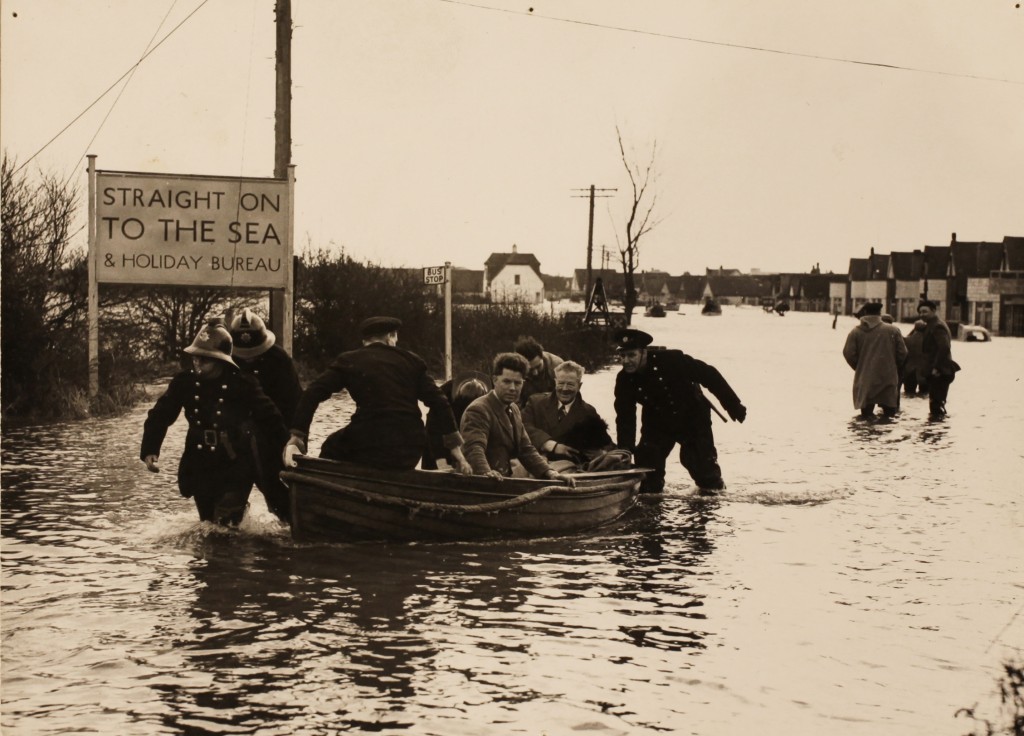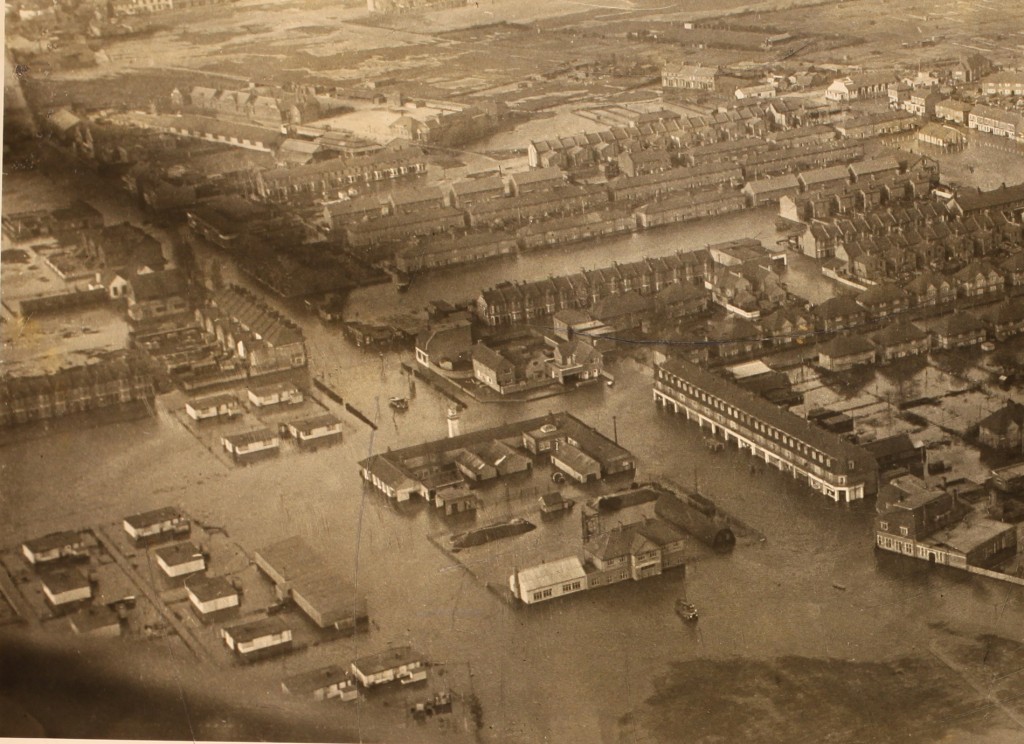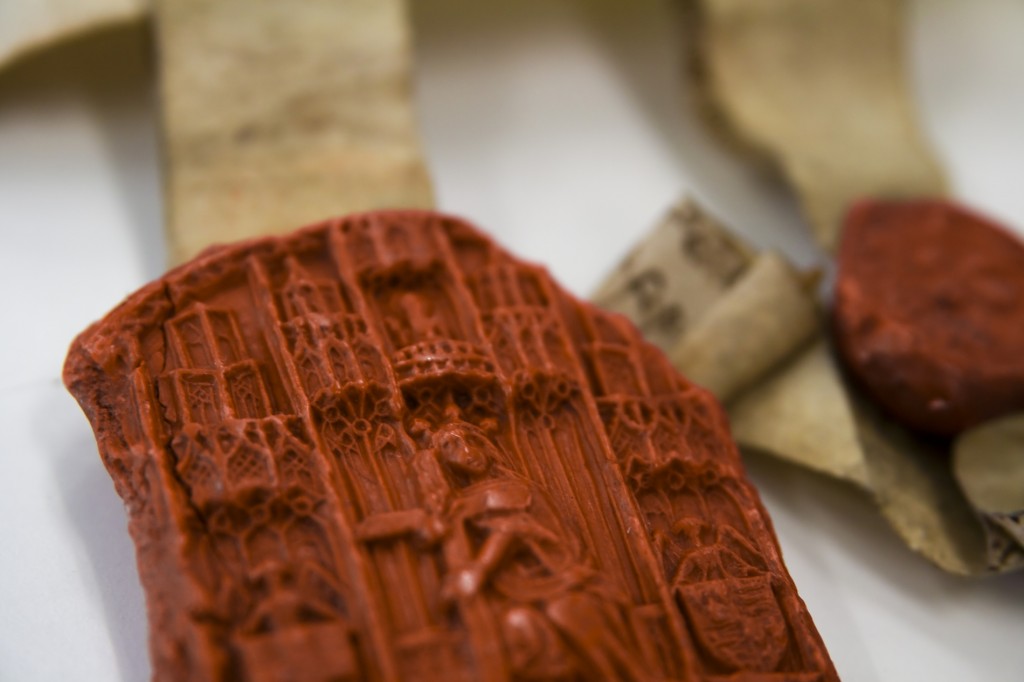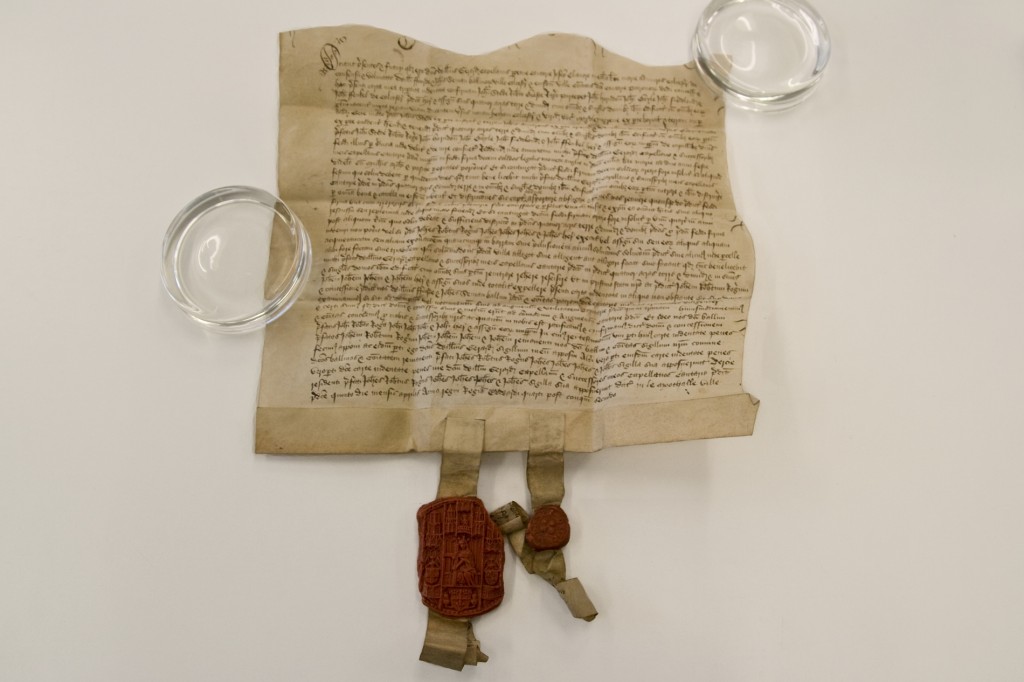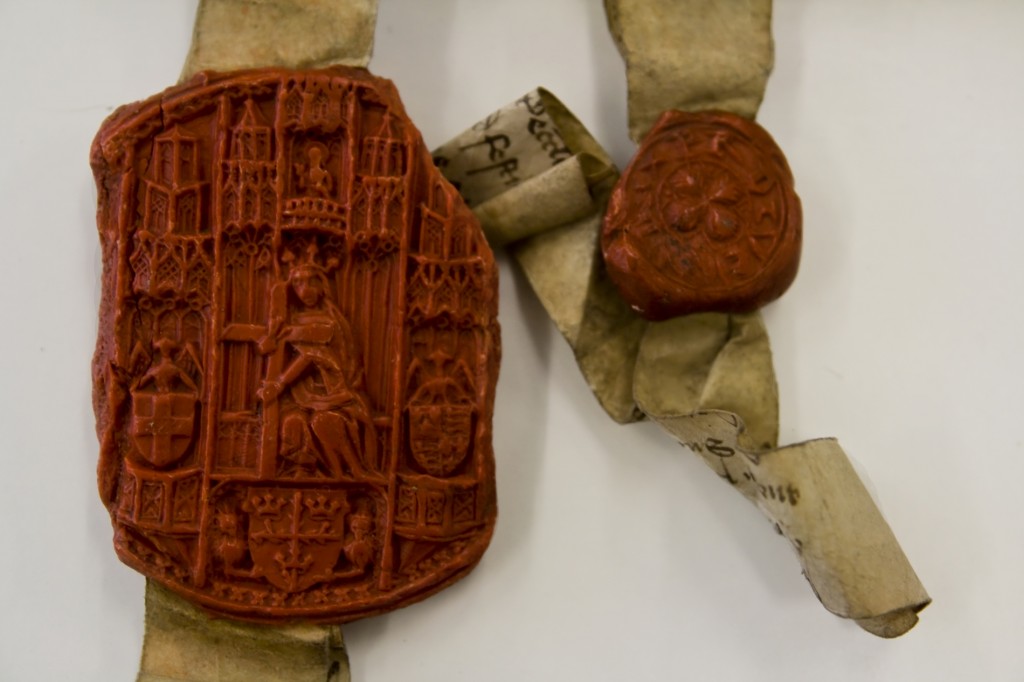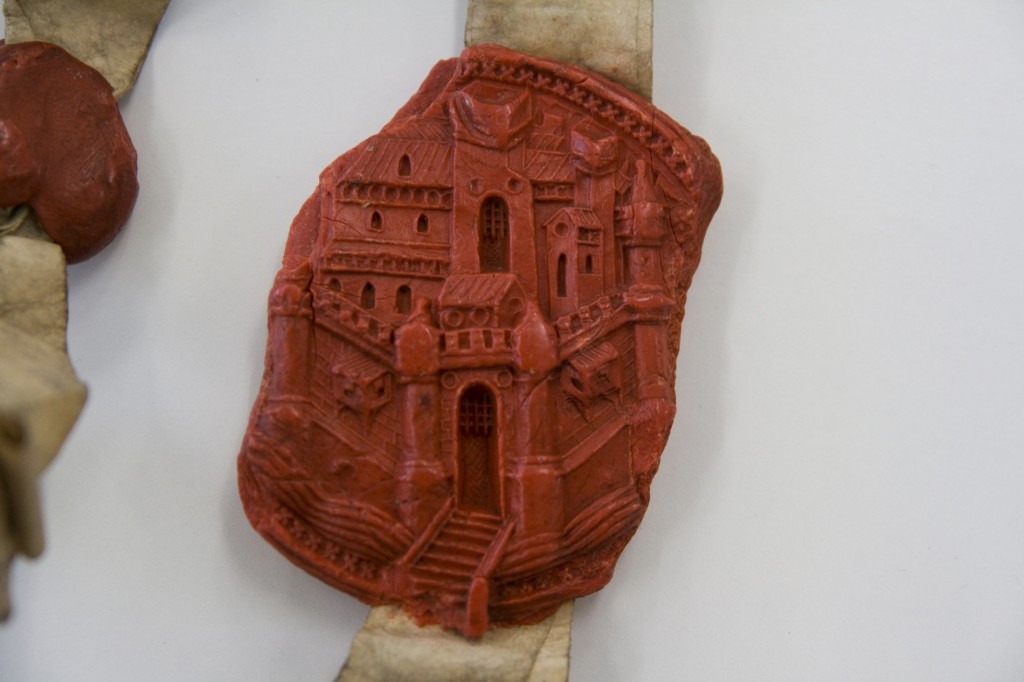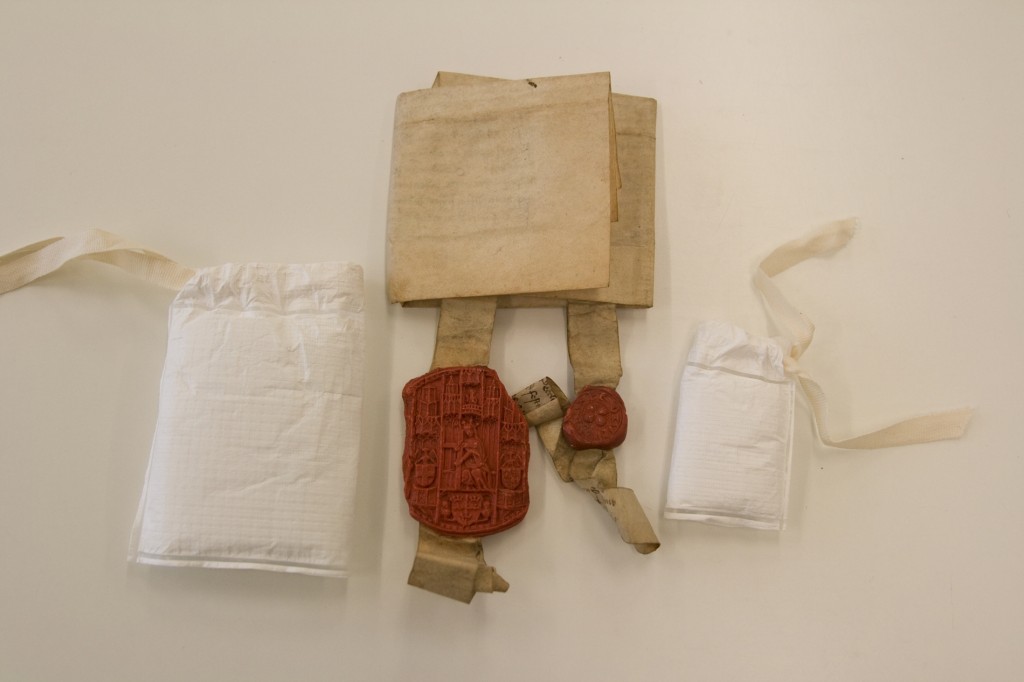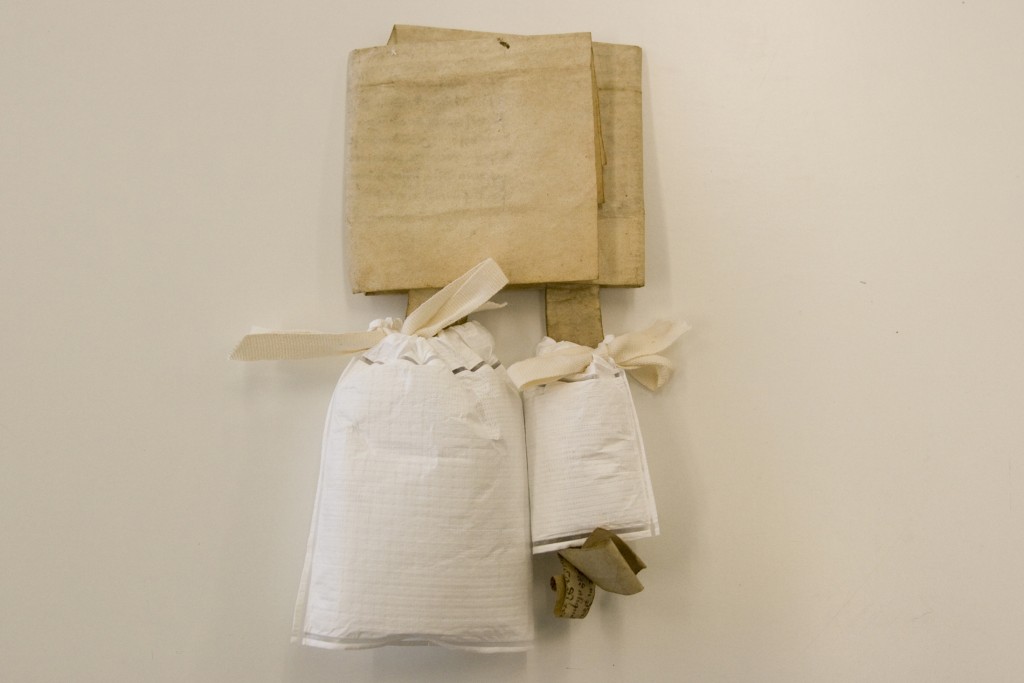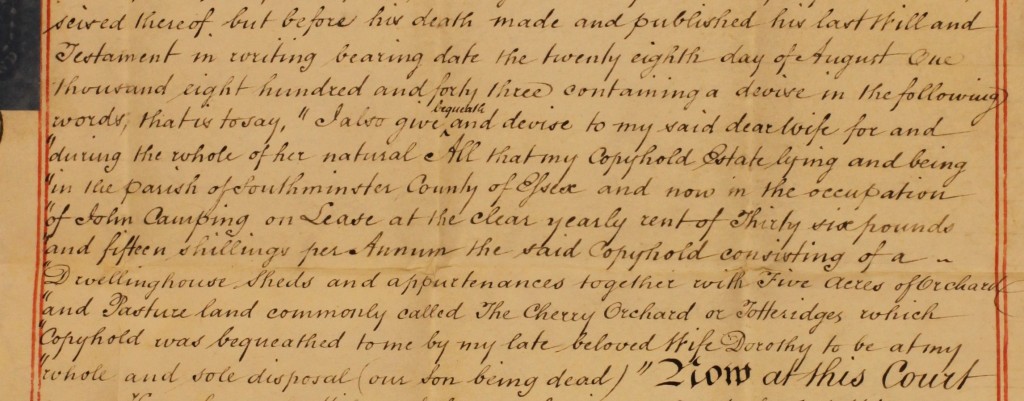On the night of Saturday 31 January 1953 a severe storm coincided with a high spring tide in the North Sea, and the resulting tidal surge caused great devastation all along the east coast. In eastern England 307 people were killed, 120 of them from Essex. The worst hit communities in the county were Canvey Island, where 58 died, and Jaywick, where 37 people were killed (5% of the population). A major operation was mounted to rescue as many people from the flooded areas as possible. Along the east coast of the UK, 30,000 people were evacuated from their homes.
Damage was caused to over 1,600 km of coastline, as well as to thousands of homes. It is estimated that the damage in monetary terms today would be over £5 billion.
It was of course not just England that was affected by the floods; 19 people died in Scotland, 28 in Belgium, and a staggering 1,836 in theNetherlands. Over 230 people also died on ferries, fishing boats and other vessels which were in the North Sea that night.
We have been going through some of the many documents in the ERO which tell some of the stories of the floods in Essex, a small sample of which will be on display in our ‘Document of the Month’ case in the Searchroom throughout February.
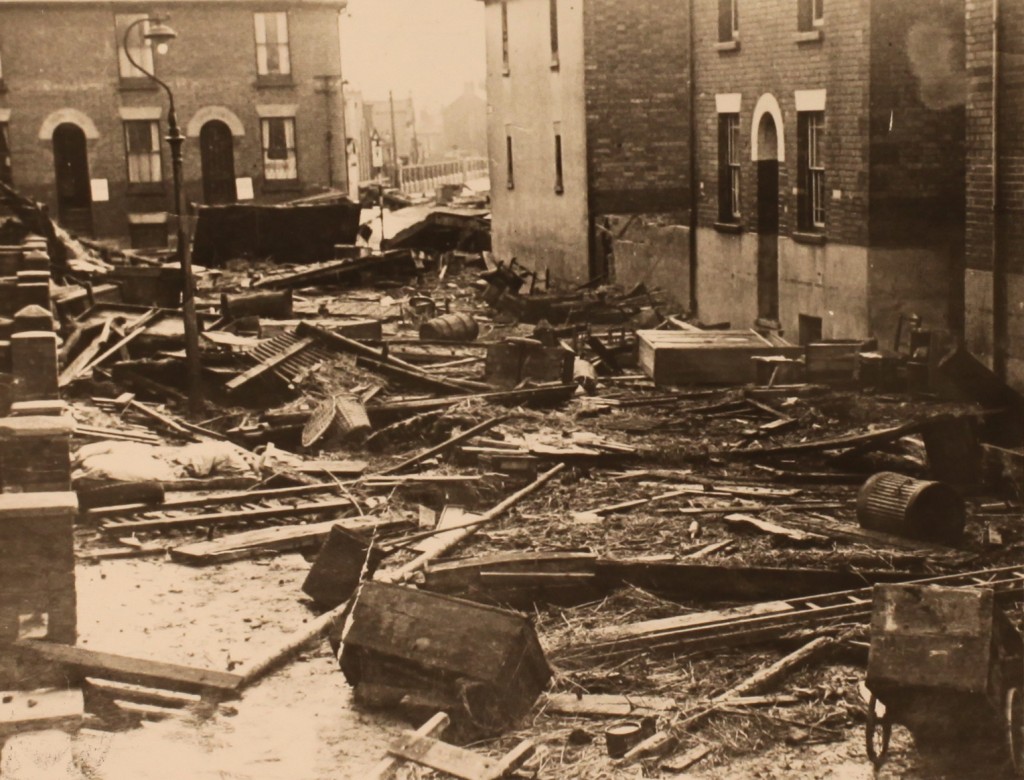
Photograph of the junction of Albermarle Street and Alexandra Road in Harwich. The flood in Harwich was described as a two metre high wall of rolling water. Eight people drowned trapped in their basements in Main Street (T/Z 241/1) (Photo: Harwich and Dovercourt Standard).
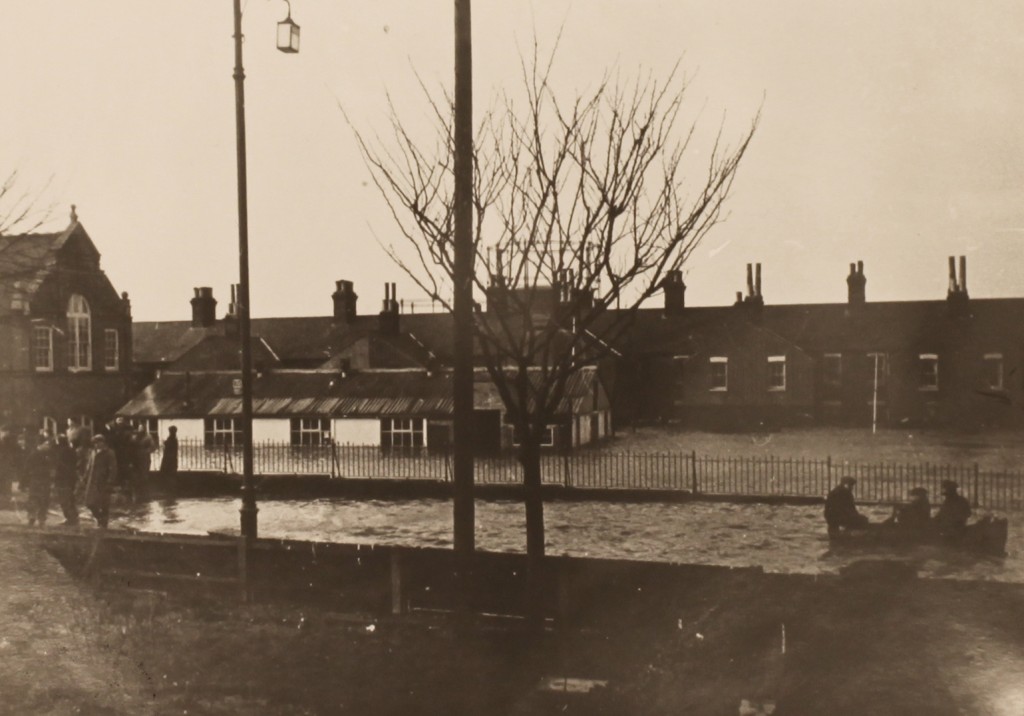
The ground floor and playground of Harwich Junior School were flooded to a depth of 1½ metres (T/Z 241/1).
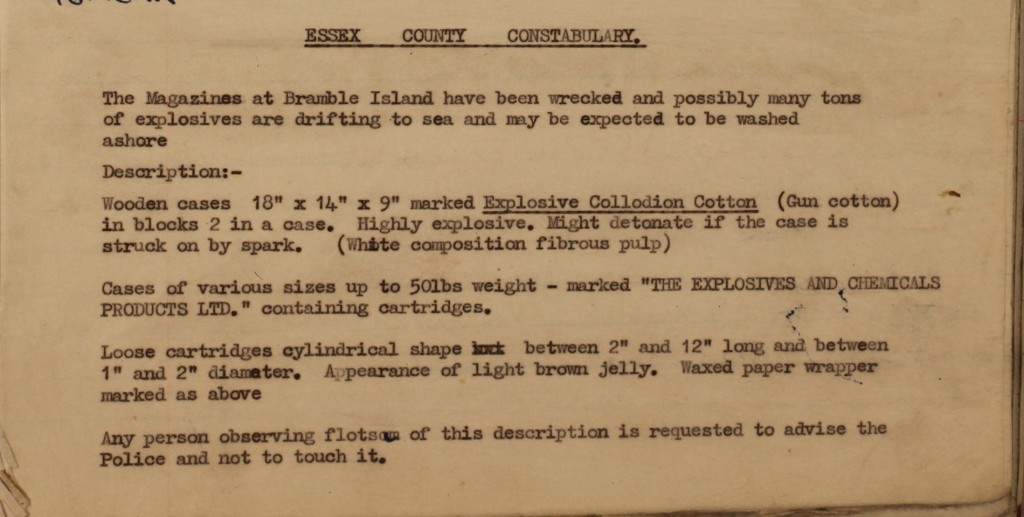
This note in the Harwich police station telephone log tells us that at the army base on Bramble Island, near Harwich, the magazines had been breached by the flood waters. High explosives had floated away and the police and public were advised to be on the look out for them, and not to touch them (D/Z 35/6/1).
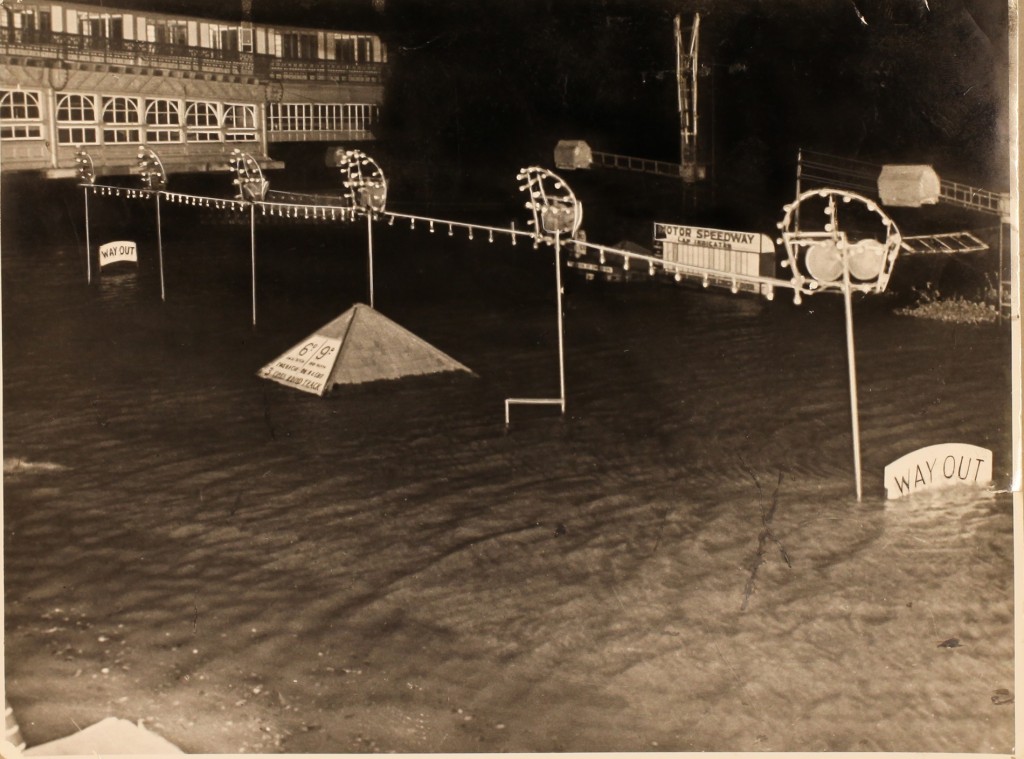
Photograph of Peter Pan’s Playground, Southend (D/Z 35/15) (Photo: Southend Standard). At Southend the effects were not as severe as at Canvey. The Kursaal flooded, along with the Gasworks and Southchurch Park.
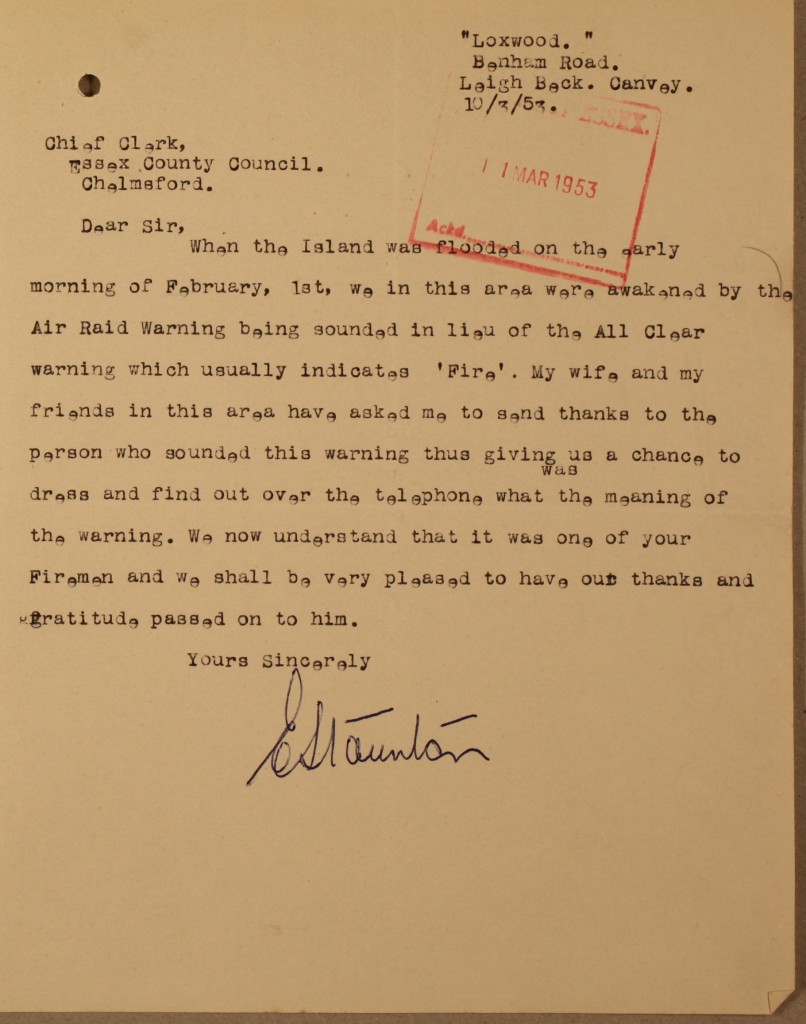
Letter written month after the floods by Mr E. Staunton of Benham Road, Canvey to Essex County Council to pass on the ‘thanks and gratitude’ of himself and ‘friends in this area’ to the fireman who sounded the air raid siren ‘thus giving us a chance to dress and find out over the telephone what was the meaning of the warning’ (C/DC 11/Fd43).
A selection of these documents will be on display in the Searchroom throughout February. Others can be ordered to view in the Searchroom. Find out how to visit us.
To find out more about the floods, why not go to hear Patricia Rennoldson Smith talk about her new book The 1953 Essex Flood Disaster: The People’s Story as part of the Essex Book Festival.

